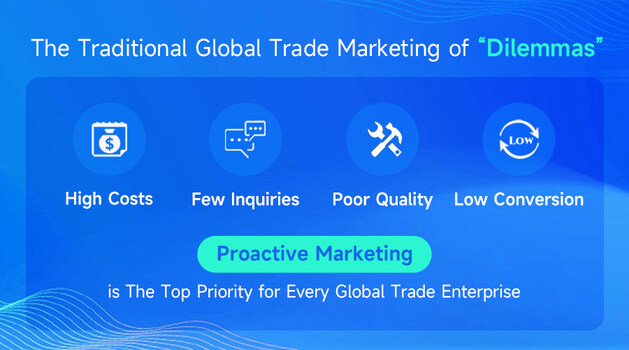 Export News
Export News
 2024-01-12
2024-01-12

In 2023, for the first time, petroleum has become one of the biggest US exports.
The category of crude oil has emerged as one of the biggest US exports, potentially marking the first time in 50 years. With refined petroleum ranking second and natural gas products fourth, the United States has quietly transitioned from an energy trade deficit to a surplus in just a few years.
This year, the value of these three export categories is expected to exceed the value of the top three import categories for the fourth consecutive year. In 2023, 54.36% of the US trade in petroleum, gasoline, and natural gas is destined for export.
Looking specifically at petroleum, the percentage growth is even more remarkable.
Exports of crude oil, within the category of primary petroleum, have for the first time accounted for over 40% of all petroleum trade—exports as a percentage of the sum of exports and imports. This represents a slight surplus. In 2016, this ratio was 8.50%. The following year, in 2017, US petroleum exports surpassed 1% of the total US export value for the first time.
The legislative change in 2016 allowing domestic oil exports, a practice nearly prohibited since the Arab oil embargo of 1973, has been a significant driver of this shift.
In 2023, US petroleum exports are projected to reach $195.5 billion, surpassing the sum of any other year except the previous year. In 2022, the total for petroleum reached a record-breaking $119.3 billion, representing a growth of 71.71% over the previous year in 2021.
Examining national seaports, the biggest winner in this transformation is the Port of Corpus Christi, leading the nation for seven out of the past nine years and likely to lead for eight out of ten years. The only two years where another Texas seaport, the Port of Houston, took the lead were the exceptions.
By 2023, Corpus Christi is expected to dominate the majority of petroleum exports for the third consecutive year. As of August, this proportion stands at 53.50%, the highest to date.
In 2016, the year the law was signed into effect by President Obama, Corpus Christi's total exports amounted to $1.64 billion. The following year, with the law fully in effect, the total reached $5.86 billion, representing a 257% increase. The subsequent year saw an 85.33% increase.
In 2022, Corpus Christi's petroleum exports amounted to $62.81 billion, a stark contrast to the $1.64 billion six years earlier.
Unsurprisingly, the two biggest markets are in Asia and Europe.
The market share in Asia has grown from approximately 30% in 2017 (the first full year the law allowed US exports) to about one-third so far this year. China is the biggest market this year, accounting for 11.61%. In 2019, it held the global top spot with 13.70%.
Europe has also begun to capture additional market share of US petroleum exports. In 2017, Europe had a share slightly above 20%. So far this year, it is slightly below one-third. The Netherlands, as a transit hub for Europe, ranks first globally this year, but has not yet claimed the top spot for the entire year.
How can Importers/Exporters Proactively develop Customers?
The standards for developing customers for import and export enterprises can be measured from the following data dimensions: purchase volume, profit margin, payment terms, product styles and quality matching, long-term procurement stability, loyalty, procurement potential, communication guidance intensity, local brand influence, risk resistance, and corporate credit rating, etc. Collecting sufficient big data on high-quality customers and creating accurate "profiles" for them has become an indispensable choice for actively developing customers. (>>> Click to Apply for a Free Demo)
With precise customer "profiles" in hand, the next step is to proactively analyze and clarify the other party's needs. Customer development can follow the "5W+1H" principle: What (what does the customer want to purchase), Why (why do they want to purchase), When (when will the purchase take place), Where (from where to make the purchase), Who (who ultimately decides the purchase), and How much (what is the procurement budget). By addressing these six points with relevant questions in the communication process, progress can be made step by step, leading to the formulation of market and pricing strategies and reducing decision-making errors. (>>> Click to Apply for a Free Demo)

Category
Leave Message for Demo Request or Questions


 T-info
T-info T-discovery
T-discovery

 My
Tendata
My
Tendata Market Analysis
Market Analysis Customer
Development
Customer
Development Competitor
Monitoring
Competitor
Monitoring Customer Relationship
Customer Relationship





































































































































